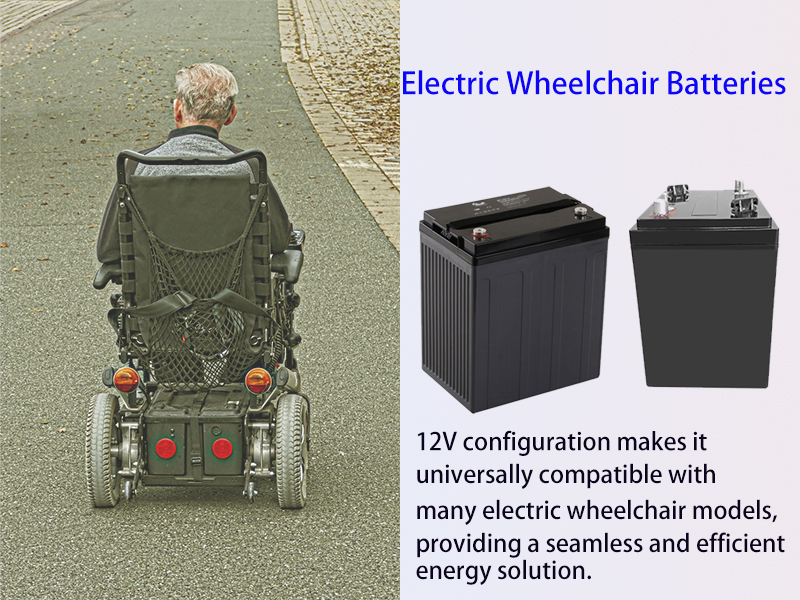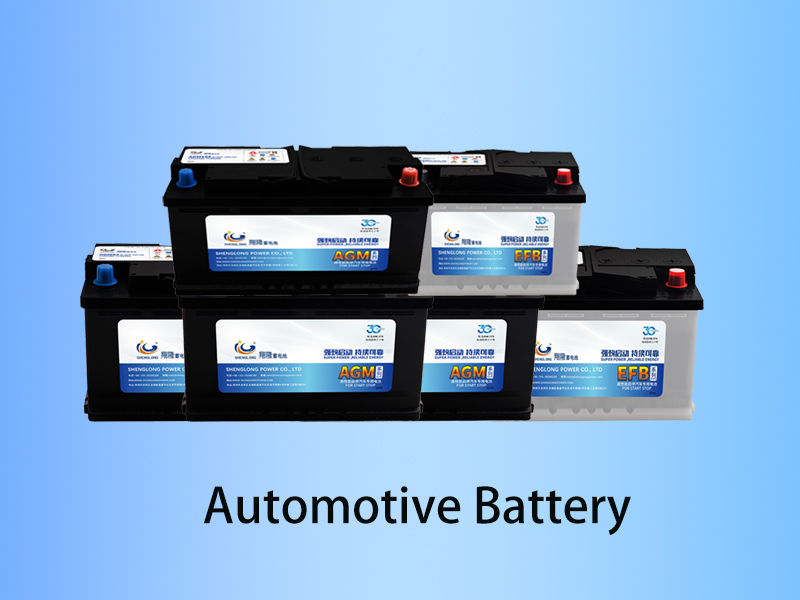In the heart of Europe, where cobblestone streets in historic cities and expansive rural landscapes coexist, electric wheelchairs have become a crucial lifeline for millions. However, beneath the sleek exteriors and user – friendly designs lies a hidden world of power sources, and understanding the nuances of these batteries is essential for optimal performance and safety. Let’s delve into the “Hidden Truths of Wheelchair Batteries” that are revolutionizing mobility across the continent.
The Foundation: Deep Cycle Batteries
Deep cycle batteries form the backbone of many electric wheelchairs in Europe. Unlike starter batteries that provide a short burst of high – energy for ignition, deep cycle batteries are engineered to deliver a steady stream of power over an extended period. This makes them ideal for electric wheelchairs, which require consistent energy to navigate through the diverse terrains of Europe, from the bustling streets of Paris to the hilly paths in the Swiss Alps.
These batteries are designed to be discharged and recharged multiple times without significant degradation in performance. For European users who rely on their electric wheelchairs for daily activities, from commuting to work or school to running errands, deep cycle batteries offer the reliability and longevity needed to keep up with a busy lifestyle. Whether it’s a long – distance journey through the scenic countryside or a regular trip to the local market, deep cycle batteries ensure that users can travel with confidence.

The Gel Revolution: GEL Batteries
GEL batteries are making waves in the European electric wheelchair market with their advanced technology and enhanced safety features. These batteries use a gel – like electrolyte instead of the traditional liquid, which not only prevents spills and leaks but also provides better resistance to vibration and shock. This is particularly important in Europe, where electric wheelchair users may encounter uneven surfaces, potholes, and rough roads.
The gel electrolyte also allows for a more even distribution of charge, resulting in a longer lifespan and more consistent performance. For European consumers, this means fewer battery replacements and reduced long – term costs. Additionally, GEL batteries are maintenance – free, eliminating the need for regular topping up of distilled water, a feature that is highly valued by users who prefer a hassle – free experience. Whether you’re exploring the ancient ruins of Rome or cruising along the canals of Amsterdam, GEL batteries offer peace of mind and reliable power.
The Accessibility Advantage: Front Terminal Batteries
Front terminal batteries are a game – changer when it comes to the practicality of electric wheelchairs in Europe. Their unique design, with terminals located at the front of the battery, makes installation, maintenance, and replacement significantly easier. In a region where many electric wheelchair users may have limited dexterity or mobility, this accessibility feature is invaluable.
European wheelchair manufacturers are increasingly incorporating front terminal batteries into their designs to enhance user convenience. The easy access to terminals means that battery connections can be checked and tightened without the need for complex maneuvers or tools. This not only saves time but also reduces the risk of electrical issues due to loose connections. For users in countries like the United Kingdom, where home modifications may be limited, front terminal batteries offer a simple solution for battery management.

Beyond Conventional: Electric Vehicle Batteries
As the technology behind electric vehicles (EVs) continues to advance in Europe, there is a growing trend of adapting EV batteries for electric wheelchairs. Electric vehicle batteries are known for their high energy density, which means they can store more power in a smaller and lighter package. This is a significant advantage for electric wheelchair users in Europe, as it allows for longer travel distances without the added weight and bulk of traditional batteries.
These batteries also often come with advanced battery management systems that monitor and optimize battery performance, extending their lifespan and ensuring safe operation. With the increasing availability of charging infrastructure for EVs across Europe, electric wheelchair users may also benefit from the convenience of shared charging stations. Whether it’s a quick top – up at a public charging point in a German city or a full charge at an EV charging station in a Scandinavian town, electric vehicle batteries are opening up new possibilities for electric wheelchair mobility.
The Driving Force: Motive Batteries
Motive batteries are specifically designed for applications that require movement, and electric wheelchairs are a prime example. In the European context, motive batteries are engineered to meet the demanding requirements of different terrains and usage patterns. They are built to withstand the rigors of continuous use, providing the necessary power to climb slopes, navigate through crowded areas, and perform sharp turns.
European safety standards play a crucial role in the development of motive batteries for electric wheelchairs. These batteries must comply with strict regulations regarding safety, performance, and environmental impact. By choosing motive batteries that meet these standards, European users can be confident that their electric wheelchairs are not only powerful but also safe to operate. Whether it’s a user in Spain relying on their wheelchair for daily mobility or a traveler in Italy exploring the city, motive batteries ensure a smooth and reliable journey.
In conclusion, the world of electric wheelchair batteries in Europe is a complex and evolving one. From the reliable deep cycle batteries to the innovative gel and front terminal designs, and the emerging use of electric vehicle batteries, each type offers unique advantages. Motive batteries, in particular, serve as the driving force behind safe and efficient wheelchair mobility. As technology continues to advance and European standards become even more stringent, the future of electric wheelchair batteries looks promising, promising greater freedom, reliability, and convenience for all users across the continent.
